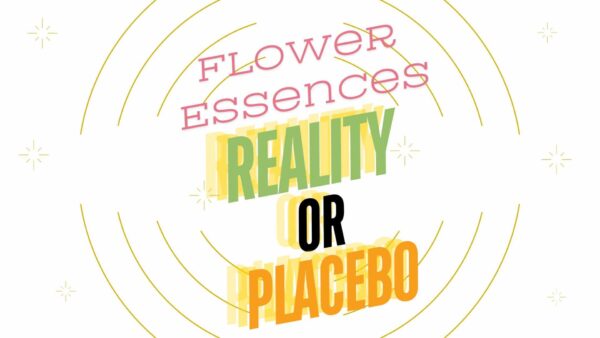Below we will refer to two studies carried out in Cuba (you can find a wealth of research done on flower essences online). The follow-ing study shows the impact of the flower essences on depression – measured on two objective standard depression inventories, the Beck Depression Inventory (BDI) and the Hamilton Depression Scale (HAM-D) (Beck, 1961; Hamilton, 1968). The former is a self-assessment by the patient, while the latter is a structured clinical assessment by the therapist or physician.
The first study was completed by Dr. Pedro Sastriques Silva. The study took place at the outpatient clinic of the Center for Specialized Treatments (DTE) at the Psychiatric Hospital of Havana, Cuba.
“Dr. Sastriques and three other doctors treated approximately 60 patients per week at the clinic. Twenty-three patients suffering from depression were selected, each had no previous experience with flower essences. The method of selection was a technique of kinesiological testing by arm reflex, developed by Dr. Sastriques and his wife, Dr. Xonia Lopez. The method is known as EEI (Evaluación Enérgetica Integrativa — Integrative Energetic Evaluation) [Sastriques 2000, 2004].
All 23 patients completed three months of flower essence therapy, most with four monthly Beck and Hamilton tests. The patients included 13 females and 10 males, ranging in age from 22 to 64, with an average age of 43. Of the 23 subjects, BDI and HAM-D data were complete for all four months for 20 subjects. There was an average of 5.2 essences selected in each session, and a total of 113 unique essences were used in the study. The effects of flower essence therapy on both the Beck Depression Inventory (F(3,57)=142.74; p<.0000) and Hamilton Depression Scale (F(3,57)=175.07; p<.0000) were highly significant. Both figures show the significant declines in the BDI and HAM-D scores. The BDI scores indicate that the group started out in the moderately depressed range at baseline, and ended in the “normal” range by the third month of flower essence therapy. The HAM-D scores reflect a moderate level of depression at baseline, shifting to mild levels of depression by the end of flower essence therapy.
www.flowersociety.org/depression-study”
The Placebo Effect
Regarding the phenomenon of placebo, we will look at a research that Robert Dilts mentions in the book Beliefs. In this research, one hundred people who had overcome and recovered from cancer were studied. The purpose of the research was to find commonality in the treatment of these people so they could adapt this treatment to other cancer patients. The results showed that their therapeu-tic approach had nothing in common. Some had done chemo-therapy, others dieted change in their lifestyle, while others used alternative and energy healing treatments. The only common factor between these people was their beliefs; each believed that they would overcome their disease, that their illness was something that could be healed and so the approach they were following would certainly bring results.
Clearly the phenomenon of placebo plays a crucial role, both in conventional medicine and alternative therapies. In the case of flower essences, the fact that flower essences have positive effects on animals, plants and children shows that it is not a placebo.
Excerpt From The Book ‘Diamond Age Flower Essences – Embracing our Inner Nature’.


